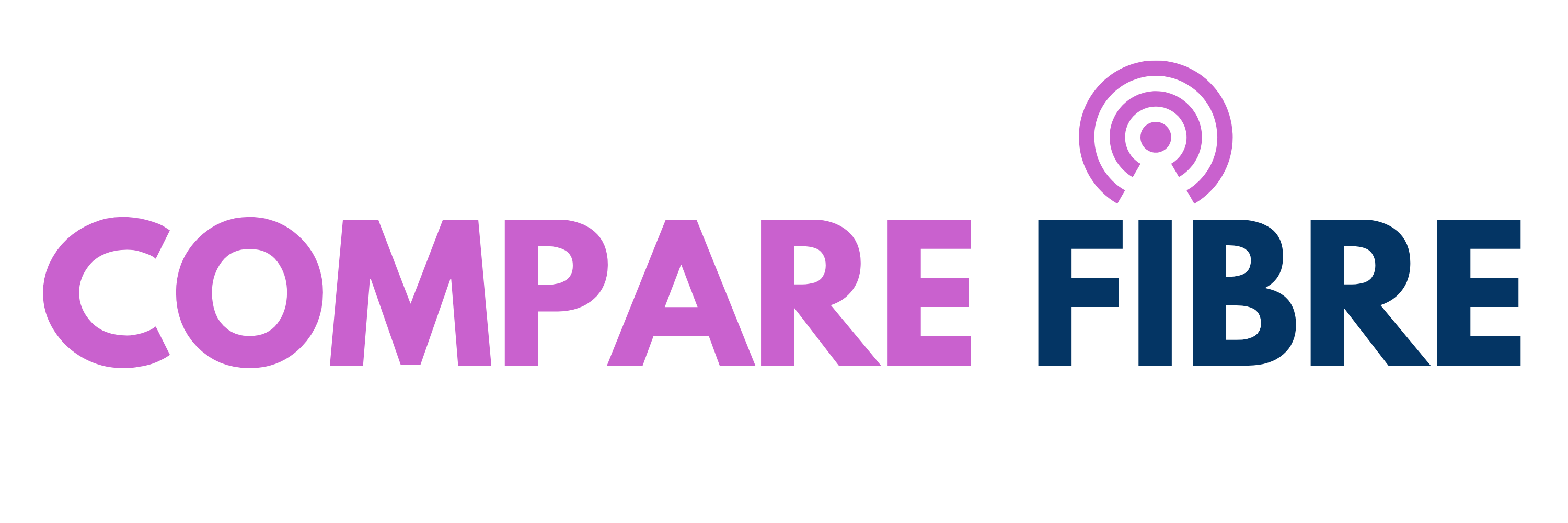Gigaclear Fibre Speed Test
Are You Getting The Advertised Speed You Should Be From Gigaclear?
Speed Test More Broadband Providers
Not Getting The Speed You Hoped For From Gigaclear?
Gigaclear Speed Test
Fibre broadband speed tests are a crucial tool for finding out whether your connection has problems and if the speed is as advertised by your provider. They also show how the speed fluctuates hour by hour throughout the day, enabling you to decide when is best to send and receive big files or high volumes of data.
Why choose Gigaclear fibre broadband?
Broadband first launched in the UK in 2000, followed by fibre broadband less than a decade later. There is a multitude of reasons why fibre is the ideal choice when compared to traditional broadband. For one, it has good latency, meaning that there’s a reliable flow of data between users, uninterrupted data transfers and higher-quality voice calls. It also has a powerful signal over long distances, giving more freedom over where to situate your device in relation to the hub. Security is also greatly improved compared to traditional cabling; it’s impossible for someone to steal data from a fibre broadband cable by tapping it, unlike with copper telephone lines. Lastly, it has a faster connection speed due to it operating at a higher frequency, and it also resists electromagnetic interference to a high degree.
Speed tests: What are they and why do you need to run a Gigaclear speedtest?
Fast fibre broadband is indispensable for businesses, homes and organisations. It increases productivity and makes browsing online and using apps in the cloud a breeze. To find out the quality of your fibre broadband connection, you need to run a speed test on your internet-connected device. To do this, go to the main menu, click “Broadband Speed Test”, followed by “Gigaclear Fibre Speed Test” and then click the “GO” button.
The speed test determines the speed of your uploads and downloads and it’s measured in Mbps (Megabits per second). The test works by sending pings, which are packets of data, from your computer or smartphone to a test server. Pings and jitters are measured during the test too and these are recorded in ms (milliseconds). Pings (also called “latency”) is the time taken for your device to respond to the data request. Jitters refer to the amount of ping rate variation over a set time.
Results & what to expect
Results showing a fast fibre broadband connection are:
– Download and upload speeds ranging from 35 to 300+ Mbps.
– Pings less than 100 ms. Anything greater than this and your connection is less responsive than it should be.
– Jitters less than 30 ms. Higher than this means your connection might suffer from buffering problems when using a large amount of data.
Top tips for running a speed test with Compare Fibre:
Before you run the speed test, make sure you double-check that your connections and cables are secure. Turn off any downloads, as this will affect the Mbps reading, and also make sure that any software that relies on an internet connection is shut off (such as streaming services or certain apps). Similarly, shut off any electronics that are wireless-connected, such as home security systems, including other smartphones and tablets.
Finally, ask anyone that is connected to your network to temporarily log off as multiple users on one connection can impact the readings. Ensure you conduct the speed test outside of weekday evenings as this is when the broadband networks are the busiest. Also, if you’re connected via a wireless hub, be sure you are as close to it as possible (less than 10m) and that there is nothing in the way to interfere with the signal, such as a wall or ceiling.
After running the speed test, if the results of the test are not to your satisfaction, it’s recommended you speak with your internet service provider to rectify the issue. There’s also the option to switch to another fibre broadband service provider that offers faster speeds.
